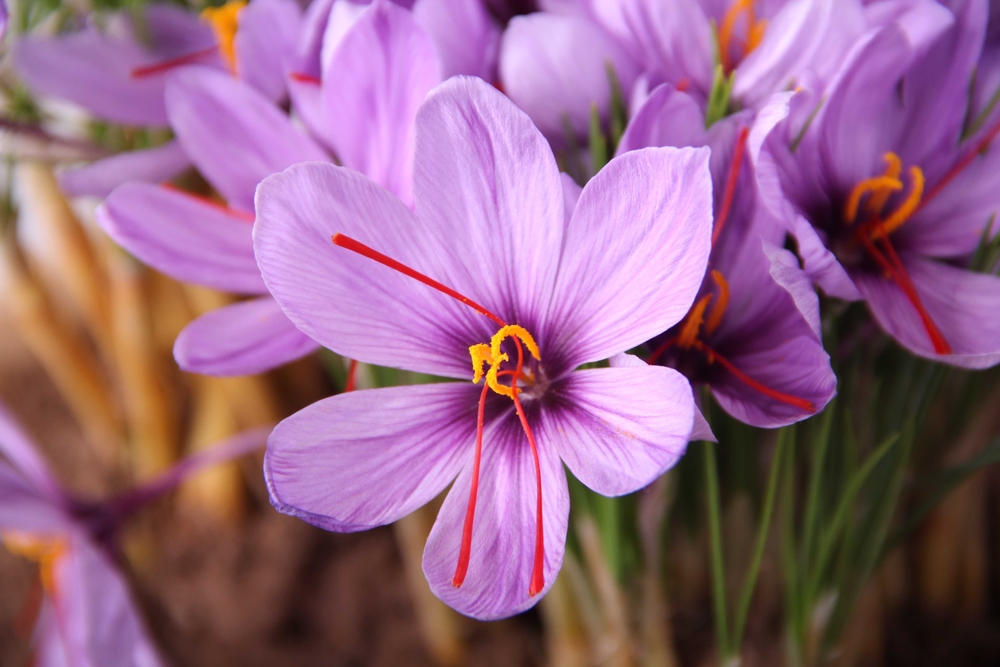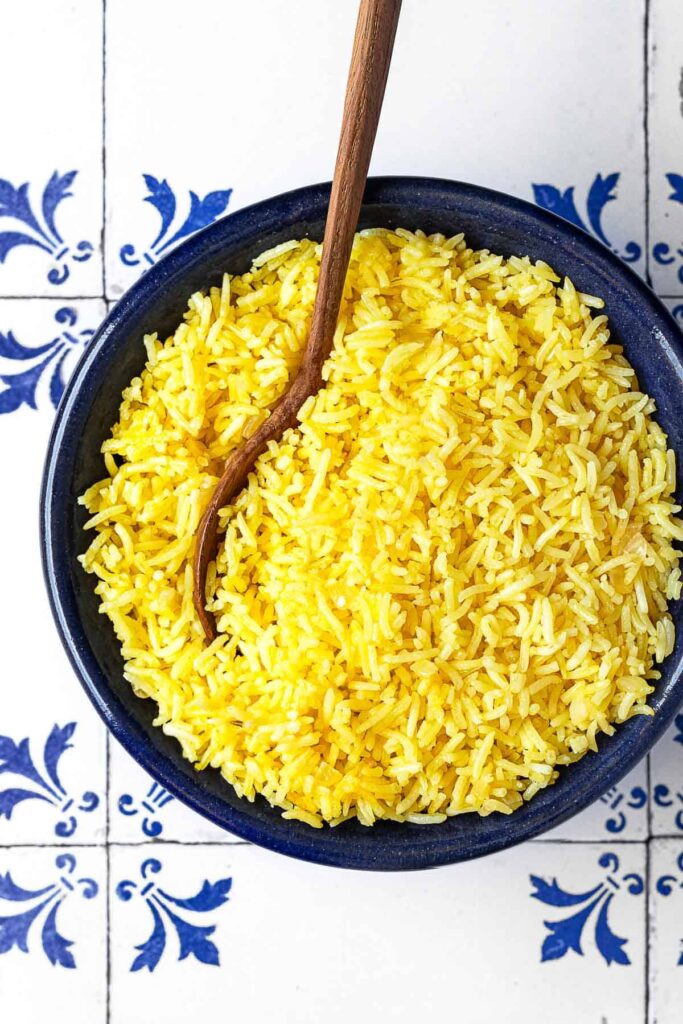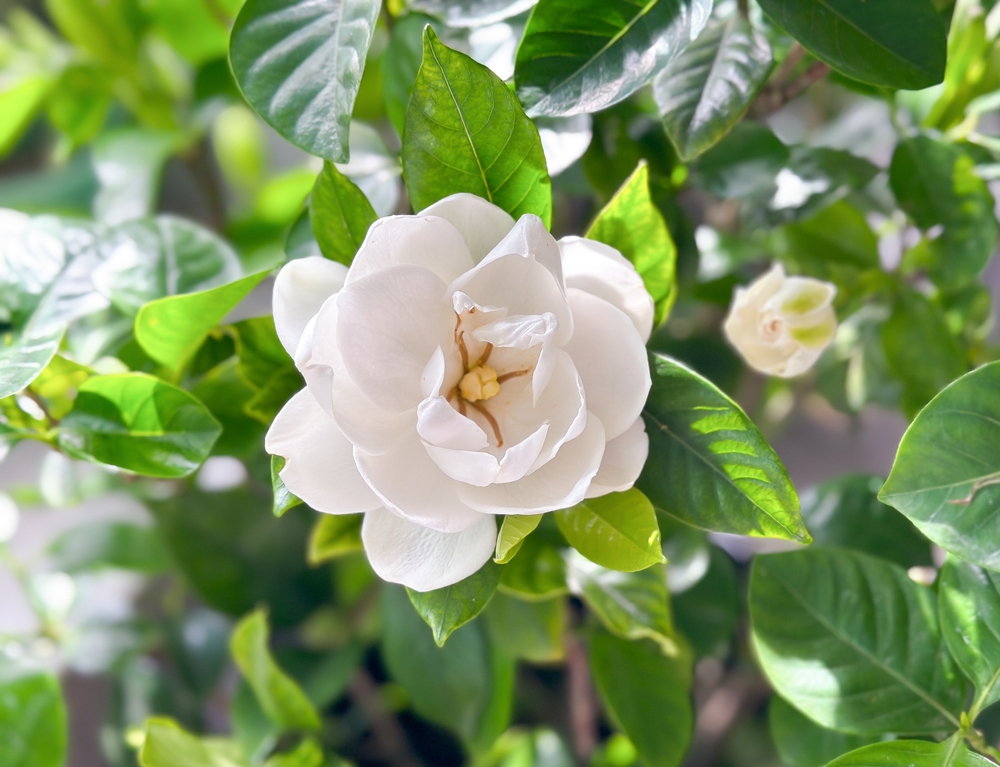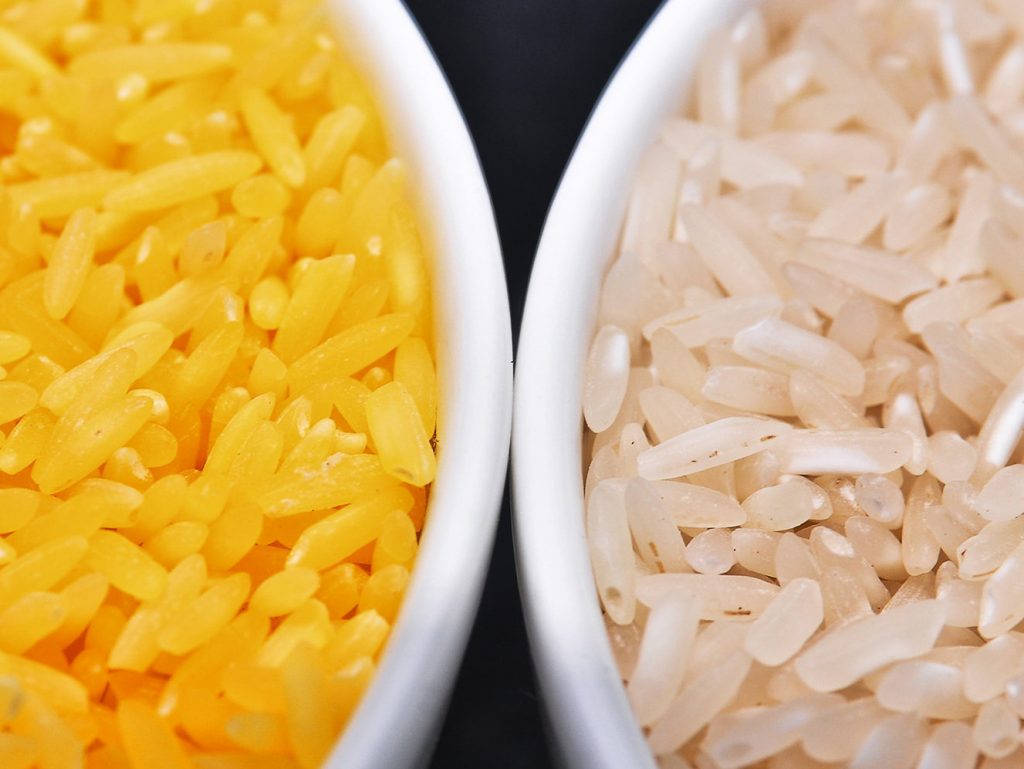Saffron is the most expensive spice in the world. It is mainly cultivated in Iran, Spain, Italy, Greece, Morocco, India and Turkey. Historically, saffron is dubbed ‘red gold’ and is believed to have been discovered during the Bronze Age in Greece. If you search e-commerce platforms, you’ll find that the price of 1g of saffron, roughly equivalent to one loosely packed tablespoon, can go up to RM 100, depending on the brand and quality. In Malaysia, saffron is said to be generally priced between RM28,000 and RM32,000 per kilogram.

So, what makes saffron so expensive? The high cost of saffron is attributed to its labour-intensive method of extraction. Saffron threads are the stigmas of a purple flower named Crocus sativus, also known as Saffron Crocus. Each flower has only three stigmas. It takes around 150 flowers to make 1g of the dried spice. Moreover, the stigmas can only be extracted manually due to the delicate nature of the flower, and the flowers are only usable when harvested as soon as they bloom.

In food, saffron is used for its complex, nuanced flavour and fragrance and a natural yellow dye. It is classically used in rice dishes, curries, and desserts. It is a powerful spice with high antioxidant, antidepressant and neuroprotectant properties derived from saffron pigments such as crocin (the main pigment), crocetin and safranal. They help to combat Alzheimer’s disease, cancer, and cardiovascular diseases, reduce premenstrual syndrome (PMS) symptoms and more.

Therefore, there has been a long-time need to recapitulate saffron economically. Researchers from King Abdullah University of Science and Technology in Saudi Arabia have recently discovered a method to yield pigments found in saffron by harnessing genes from Gardenia jasminoides, an ornamental plant from traditional Chinese medicine that has a small amount of crocin and related compounds in the flowers which are easier to obtain. The genes are then engineered into tissue cultures of different plant species to establish a sustainable plant cell factory for crocin production.
The researchers have used this biotechnological approach to successfully cultivate the spice in cultured lemon lumps and leaves of a tobacco relative. This technique can be applied to other crops, such as rice, making an exciting avenue for saffron’s taste, aroma, and benefits accessible even to poorer communities through economically produced crocin-rich functional foods.
“The ability to genetically modify tobacco and lemon to produce saffron is a major stepping stone in biotechnology. This is crucial not only because it would bring down the cost of saffron, but it also overcomes challenges such as being able to cultivate plants which are typically grown in geographically limited regions,” says Dr Kumitaa Theva Das, senior lecturer at Advanced Medical and Dental Institute, Universiti Sains Malaysia.
Dr Kumitaa, a pioneer of genome editing in Malaysia, further elaborates, “To a larger extent, we can use this technology to address the food security crisis regionally. Here in Malaysia, while we have yet to modify saffron, numerous groups have been championing genetically modified crops, whether it is to provide traits such as pest resistance or increase flowering to improve yield, putting us on par with higher-income countries”.
Genetic modification (GM) technology is integral to ensuring food security. It can be utilised to provide nourishment for communities in need. Biofortified crops, bred to have additional nutritional value, have been proven as a feasible and economical strategy for delivering micronutrients to the populations of developing countries, especially the bottom billion. Golden Rice is a well-known GM bio-fortified crop produced to complement efforts to combat vitamin A deficiency-related diseases and mortality in children and pregnant women.

We can expect naturally crocin-rich functional foods to be soon added to the list. Just as Golden Rice addresses vitamin A deficiency, the successful production of crocin in genetically modified plants promises to make saffron—once a luxury—more affordable and accessible globally. This breakthrough would bring saffron’s health benefits and rich flavour to a wider audience and potentially be a cherished ingredient in every kitchen.




